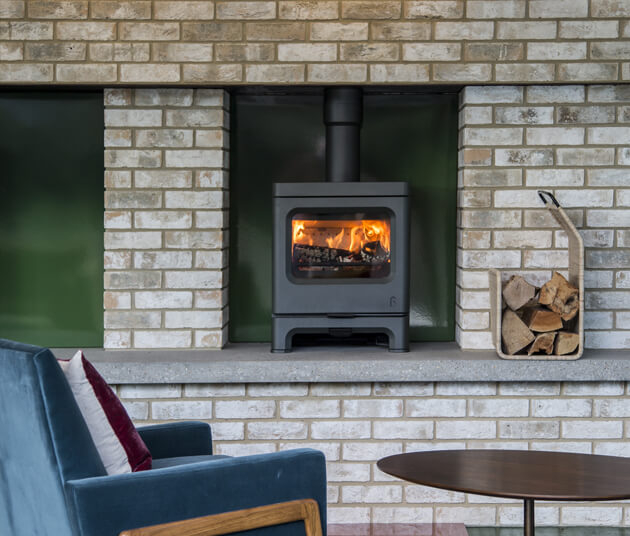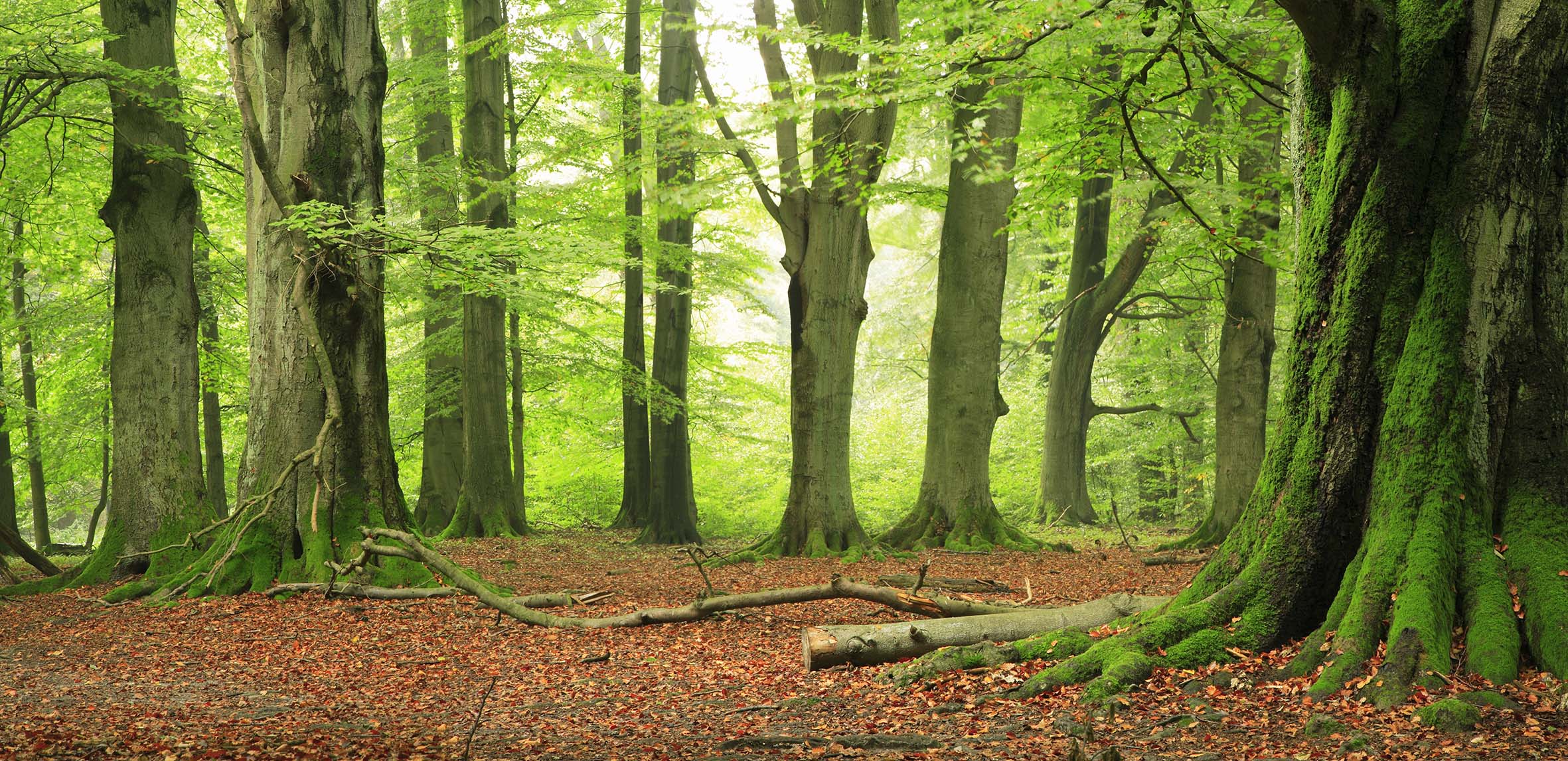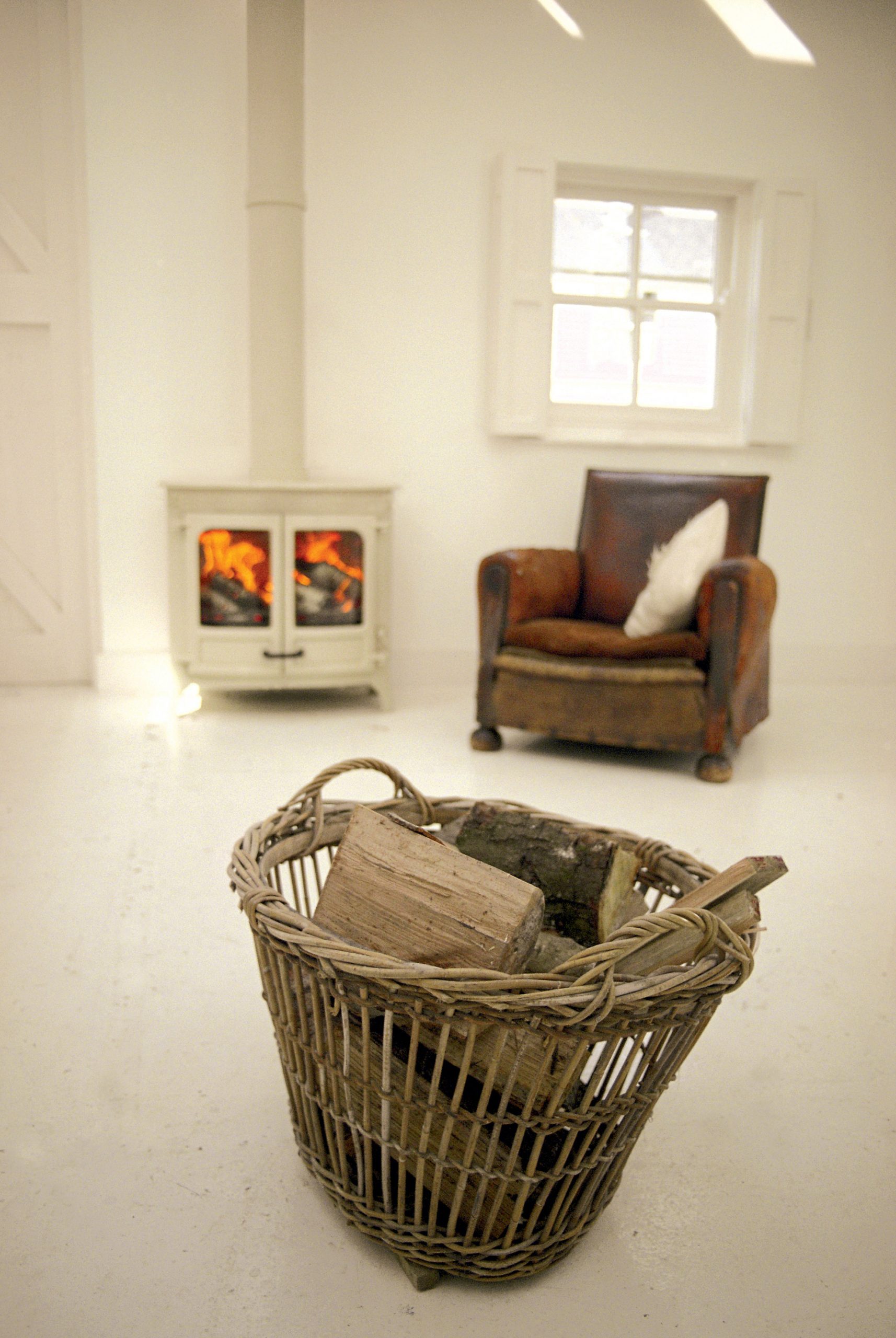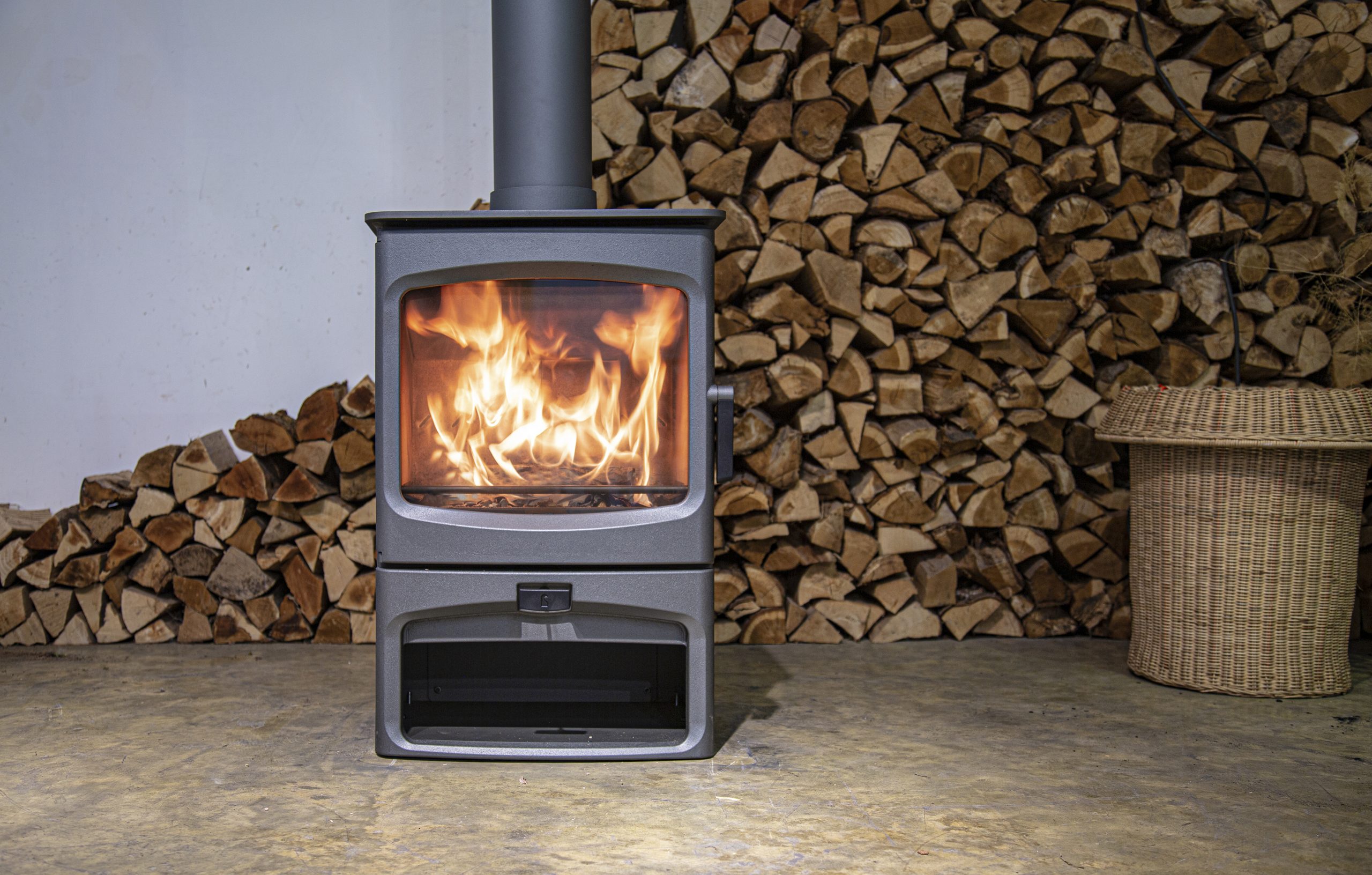When it comes to choosing wood for burning, many people are searching for something that is best in terms of sustainability. Wood is a viable energy source that is virtually carbon neutral and also a cost-effective heat source for many homes. To help you find the best firewood for your needs, we’ve put together this handy chart to show you the different types of firewood available and the benefits they each offer.
Which firewood should I choose?
When choosing your firewood, we would recommend opting for a hardwood as they are generally denser than softwoods and will produce more heat and burn longer. However, softwoods do light quicker and can be cheaper, but they are more resinous than hardwoods, meaning they are more likely to build up tar deposits in your flue.
Common hardwood species include beech and oak.
Common softwood species include cedar and pine.
Kiln dried logs are a good option as these guarantee a low moisture content. ‘Ready to burn’ logs should have less than 20 per cent moisture levels for optimum heat output and efficiency, and with kiln dried logs you can be sure you’re purchasing a consistently dried log that will provide the best source of heat. Naturally seasoned logs are generally less expensive but be sure to test the moisture content before burning. They will need to have been seasoned for at least one year, preferably two.
To learn more about our different types of firewood, view here.
Which wood burns the longest?
There are several firewoods that burn for a sufficient amount of time, but oak and hawthorn are both favourable hardwoods to choose. These both burn slowly and produce a good source of heat.
Although hardwoods are a more efficient fuel source in terms of heat output and burning time, they can be harder to ignite from cold. This is when softwood kindling comes in handy, as it can help you get your fire up and running, before using the hardwood to fuel and maintain the slow burning fire.
The following chart is a common list of UK firewoods, showing you if they are hardwood or softwood and providing some detail of their characteristics.
Additionally, to learn everything you need to know about firewood, view here.
| Firewood Name | Hard or softwood | Comments | Grade |
| Alder | Hardwood | Generally considered a low quality firewood as it burns quickly and provides little heat. | Poor |
| Firewood Name | Hard or softwood | Comments | Grade |
| Apple | Hardwood | Needs to be seasoned. Has a nice smell and burns well with a without sparking/spitting. | Good |
| Ash | Hardwood | Considered one of the best firewoods. It has a low water content and can be burned green. It is still best when seasoned and will burn at a steady rate. | Great |
| Beech | Hardwood | Beech has a high water content so will only burn well when seasoned. | Good |
| Birch | Hardwood | Birch burns easily but also fast, so is best mixed with slower burning wood such as Elm or Oak. A great fire lighter is birch bark. | Good -Great |
| Cedar | Softwood | Cedar provides a pleasant smell and provides lasting heat but with little flame. You can also burn small pieces unseasoned. | Okay |
| Cherry | Hardwood | Needs to be seasoned to burn well. | Okay-Good |
| Elm | Hardwood | A good firewood but due to its high water content, it must be seasoned well. It may need assistance from another faster burning wood such as Birch to keep it burning effectively. | Okay-Good |
| Hawthorn | Hardwood | A good firewood that burns well. | Good-Great |
| Hazel | Hardwood | Excellent firewood when seasoned. Burns fast but with no spitting. | Great |
| Holly | Hardwood | A good firewood that can be burnt green. | Good |
| Hornbeam | Hardwood | A good firewood that burns well. | Good |
| Horse Chestnut | Hardwood | Horse chestnut spits a lot and is considered a low quality firewood. | Okay |
| Larch | Softwood | Needs to be seasoned well. Spits excessively while it burns and can produce a lot of soot. | Poor |
| Lime | Hardwood | Considered a low quality firewood. | Okay |
| Oak | Hardwood | One of the best firewoods when seasoned well. It provides lasting heat and burns at a slow rate. | Great |
| Pear | Hardwood | Needs to be well seasoned. Burns well with a pleasant smell and without spitting. | Good |
| Pine | Softwood | Pine burns well but spits a lot and can leave behind soot. It can act as a good softwood kindling. | Poor |
| Plane | Hardwood | A usable firewood. | Good |
| Firewood Name | Hard or softwood | Comments | Grade |
| Poplar | Softwood | Considered a poor firewood and produces black smoke. | Poor |
| Rowan | Hardwood | Considered a good firewood that burns well. | Good |
| Spruce | Softwood | Considered a low quality firewood. | Okay |
| Sweet Chestnut | Hardwood | Burns when seasoned but spits excessively. Not for use on an open fire. | Poor-Okay |
| Sycamore (Maples) | Hardwood | Considered a good firewood that burns well. | Good |
| Walnut | Hardwood | Considered a low quality firewood. | Okay |
| Willow | Hardwood | Willow has a high water content so only burns well when seasoned properly. | Okay |
| Yew | Hardwood | Considered a usable firewood. | Okay-Good |




